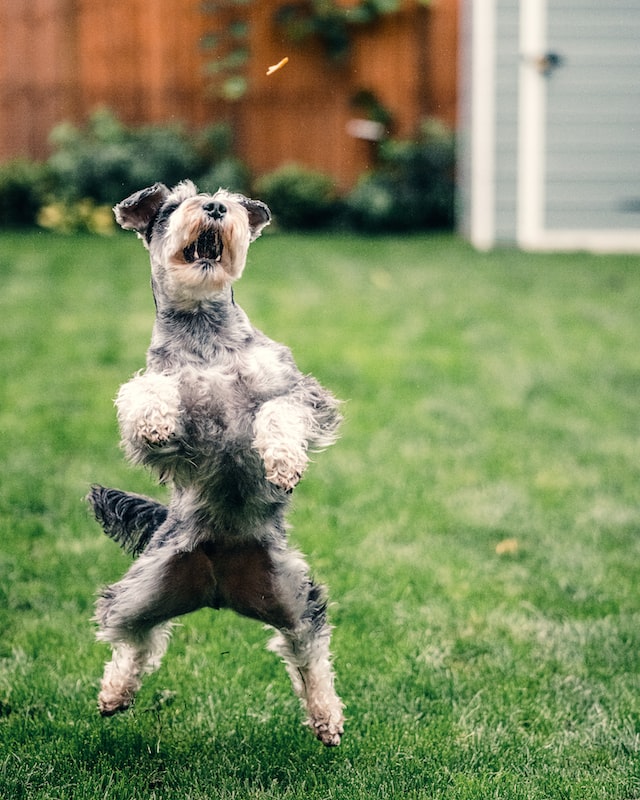Dog jumping can make both owners and guests nervous and it’s not generally a desired behaviour when a dog gets excited or sees someone they know. The bad news, jumping is a natural behaviour for dogs, but it can be problematic for a number of reasons. For one, jumping can be dangerous for small children and elderly people, who may be knocked over or injured by a jumping dog. Jumping can also be frustrating and annoying for people who are not used to it, and can lead to conflicts between dogs and their owners or other people. Additionally, jumping can be a sign of dominance or aggression in dogs, and can be a problem behaviour that needs to be addressed. Overall, it is important to teach your dog not to jump in order to prevent any potential harm or conflicts.
Training to stop a dog jumping
Here are some steps you can follow to stop a dog from jumping:
- Don’t encourage jumping: When your dog jumps, avoid giving them attention or rewarding them with treats or praise. Instead, ignore the behaviour and wait for them to settle down before interacting with them.
- Teach an alternative behaviour: Teach your dog a more appropriate behaviour to do instead of jumping, such as sitting or lying down. Reward them with treats and praise whenever they do this behaviour.
- Use physical barriers: If your dog is jumping on people, try using a physical barrier, such as a gate or baby gate, to prevent them from jumping.
- Use positive reinforcement training: Use positive reinforcement training techniques to teach your dog that jumping is not a desirable behaviour. For example, you can reward them with treats and praise whenever they show good behaviour, and ignore or redirect them whenever they start to jump.

Remember to be patient and consistent with your training, and always use positive reinforcement techniques to encourage good behaviour. It may take some time for your dog to learn not to jump, but with persistence and consistent training, they will eventually learn the desired behaviour.
